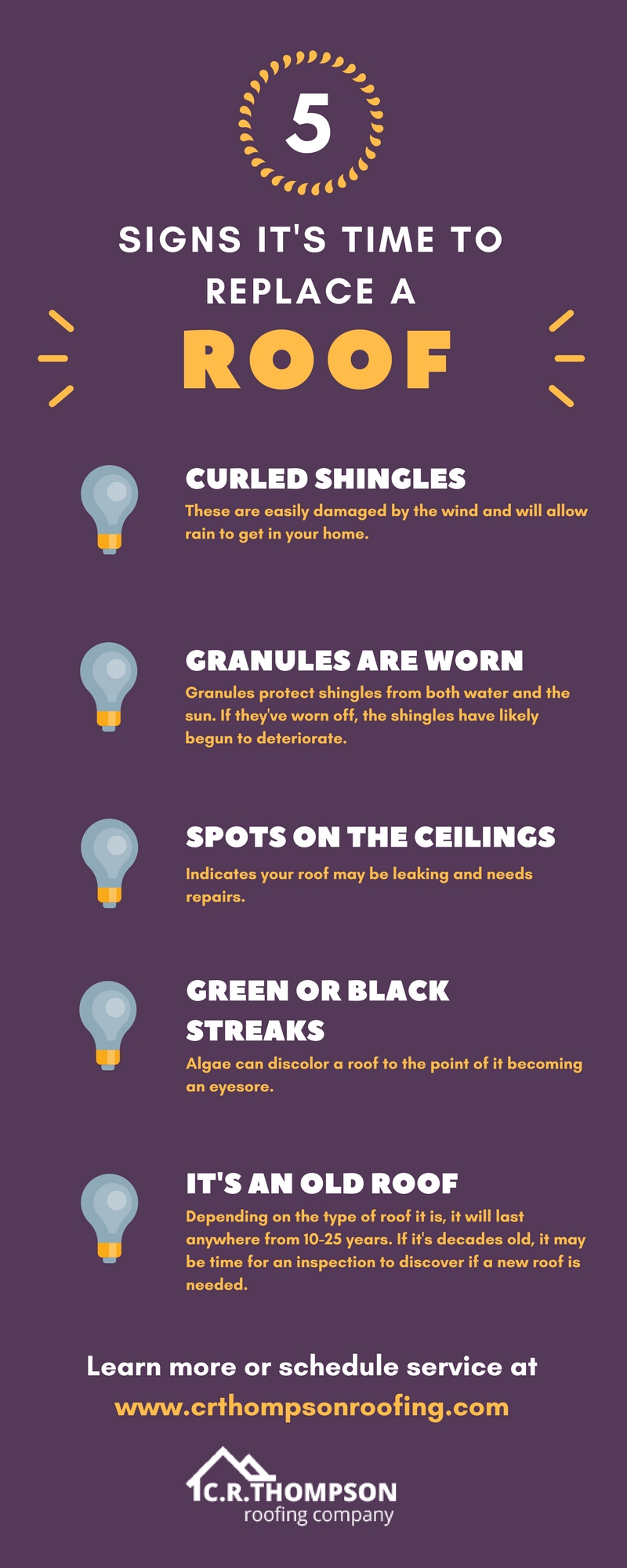Just How To Spot Roofing Damage Before It Becomes A Major Issue
Just How To Spot Roofing Damage Before It Becomes A Major Issue
Blog Article
Produced By-Cooley Kent
To shield your home from prospective expensive fixings, identifying roofing system damages early is important. By keeping an eye out for subtle indications like missing shingles or water spots, you can capture problems prior to they aggravate. Yet what concerning those often overlooked locations that could hint at hidden troubles hiding over you? Keep tuned to discover key tips for finding roofing damages before it rises right into a major frustration.
Very Early Warning Signs
Spotting roof covering damage early can conserve you time and money. One essential early warning sign to look out for is missing out on or harmed tiles. If you see any kind of tiles that are broken, curling, or completely missing out on, it's essential to deal with the issue immediately. These damaged roof shingles can leave your roof at risk to leakages and further damages.
An additional indicator to look for is water spots on your ceiling or wall surfaces. These spots can suggest a leak in your roofing system that needs instant focus. Disregarding these water spots can bring about much more considerable and costly repairs down the line.
Furthermore, be on the lookout for any indicators of sagging or sagging locations on your roof, as this could suggest architectural damages that needs to be repaired quickly.
Outside Evaluation Tips
Regularly evaluating the outside of your roof is important for maintaining its honesty and recognizing possible damages early. Beginning by examining the tiles-- look for any type of missing, split, or crinkling shingles, as these can be indicators of roofing damages.
Check the gutters for granules from the roof shingles, as too much granule loss might signify aging or weathering. Pay attention to the flashing around vents, chimneys, and skylights, ensuring they're tightly secured and free of cracks.
Search for indications of moss, algae, or mold growth, as these can result in roofing system degeneration otherwise addressed promptly. Additionally, evaluate the fascia and soffits for any water stains or rot, which might indicate water damages.
boerne gutter cleaning but not least, analyze the overall problem of your roof covering from the ground, seeking any type of drooping areas or visible dips. By performing these outside examinations routinely, you can catch roof damages early and avoid it from developing into a major problem.
Inside Red Flags
When checking your roof for potential damage, don't overlook the importance of examining the inside of your home. Inside red flags can often be early signs of roofing concerns that need attention.
Beginning by examining your ceilings for any type of water stains or discoloration, as these could indicate a leakage in the roofing. One more vital location to evaluate is the attic room, where indicators of water damage, mold, or mildew might show a roofing issue.
gutter repairs san antonio to any type of moldy smells or a recognizable increase in moisture levels, as these can additionally be signs of water breach from a harmed roof. In addition, sagging locations in the ceiling or walls need to be taken seriously, as they could be a result of water damages weakening the structure.
If you notice any of these indoor warnings, it's essential to have a professional roofer assess the situation without delay to stop more damage and pricey repairs.
Final thought
By staying vigilant and frequently looking for early warning signs of roofing system damage, you can protect against small issues from turning into significant issues. Watch out for missing out on or harmed tiles, water stains on ceilings or walls, and any kind of drooping or drooping locations on the roofing system. By resolving these concerns promptly, you can save on your own from costly repairs and ensure your roof covering remains in good condition for several years to find. Remain proactive and protect your home from potential damages.
